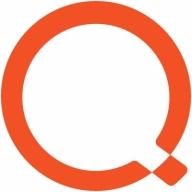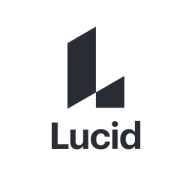

Find out what your peers are saying about SAP LeanIX, Sparx Systems, MEGA International and others in Enterprise Architecture Management.


Erwin Data Modeler provides an effective approach to visualizing and managing data models. It assists in creating, reversing, and synchronizing data models with ease, supporting logical and physical transitions while enhancing understanding across teams.
Erwin Data Modeler is a comprehensive tool designed for professional database management. It offers capabilities to organize and enforce standards, automating script generation with robust reverse engineering and DDL output. Users can manage complex data environments, capitalize on integration with data intelligence, and maintain large-scale databases smoothly. Despite its strengths, improvements in multi-language support, database integration, and reporting features are needed. Users benefit from extensive support for conceptual, logical, and physical database modeling, enhancing architectural design and data governance for platforms like SQL Server, Oracle, and Teradata.
What are the key features of Erwin Data Modeler?Erwin Data Modeler finds application in industries focused on robust data management, implementing it for enterprise data warehouses, business domain models, and operational systems. It supports architectural design and governance, aligning with business applications demanding precise data representation and visualization.
Our online diagram application makes it easy to sketch and share professional flowchart diagrams. From brainstorming to project management, we support all of your communication needs. That’s why millions of users choose Lucidchart.
We monitor all Enterprise Architecture Management reviews to prevent fraudulent reviews and keep review quality high. We do not post reviews by company employees or direct competitors. We validate each review for authenticity via cross-reference with LinkedIn, and personal follow-up with the reviewer when necessary.